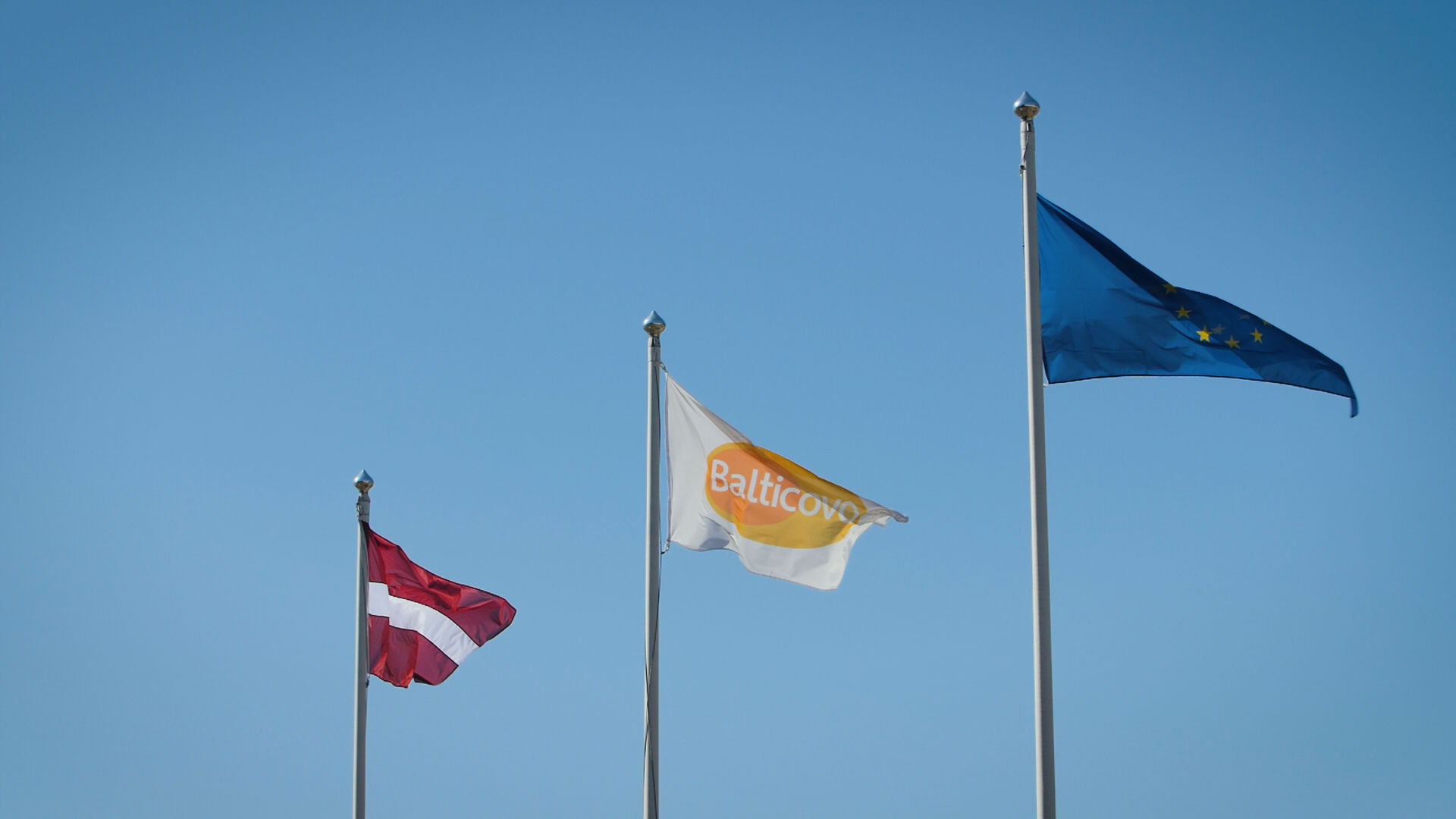
Flourishing the corporation between dots. & Balticovo
09.09.2018
On August 18, 2017 "Latvijas pārtikas kompetences centrs", SIA (Latvian Center for Food Expertise, Ltd.) signed an agreement with "Balticovo" AS with the scope of implementing project No. 28 "Assessing and laying the technical foundation for a system to monitor laying hens, forecast the productivity of egg production and discover changes early " within the time period between August 21, 2017 and December 31, 2017. The project is being implemented in cooperation with "ABC software" SIA and WeAreDots, SIA (previously, SQUALIO cloud consulting).
Laying hens are directly connected to the company’s productivity and profitability. Alongside the cost of food, the cost of maintaining laying hens is the biggest cost in the egg production process. The ability to timely forecast any potential deviations in the total volume of egg production and the factors that affect it can prevent the causes of these negative changes before they happen (with, for example, the appropriate assistance of a vet). The goal of the project is to create the technological foundation for a demonstration frame to use in monitoring laying hens, forecasting the productivity of egg production and discovering anomalies early. It is done by determining the most common affecting factors, the possibilities to automate the measuring process of said factors, suggested methods of pretreatment and technological solutions, using the existing production processes and data of "Balticovo" AS as an example. The experimental method and technological solutions created during the project correspond with technology readiness level TRL5 and are meant to be used in further research in order to create the final solution. The research is being carried out within the scope of project No. 1.2.1.1/16/A/004 of the Latvian Center for Food Expertise.
The work of the Latvian Center for Food Expertise can be divided into two scientific directions:
1. Extending the market for the products of Latvian producers, which includes:
- researching storage packaging,
- technology that improves storage time and conditions,
- new products for a wider part of the market.
2. Enhancing competitiveness and the added value of production, which includes:
- improving the use of the by-products of food in products with a higher added value,
- agriculture and fruit-growing studies in order to improve the efficiency of resources (more suitable species and growing technologies),
- new, innovative products with higher added value by using the existing market, technology and other factors to their maximum.
